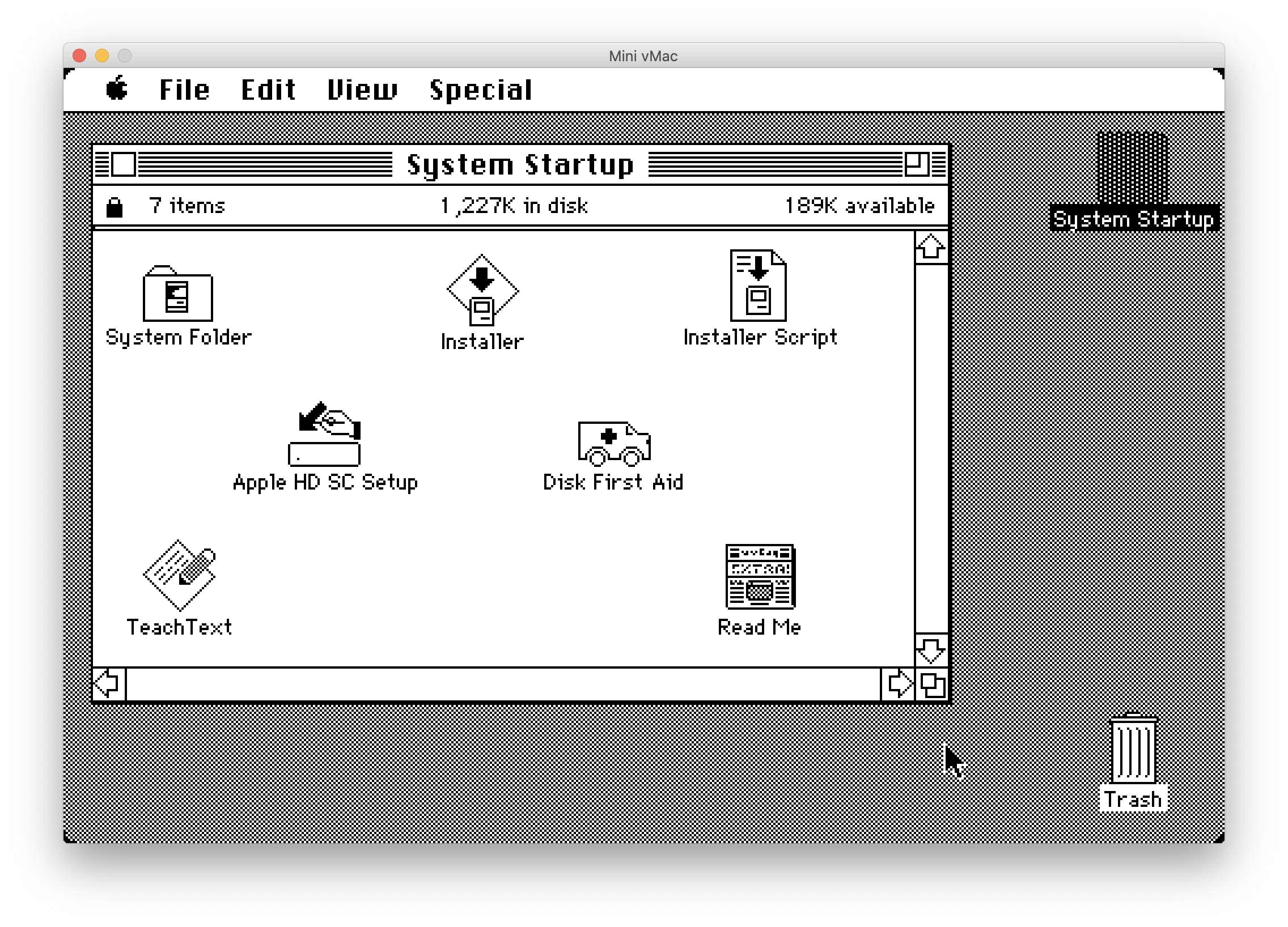This semester, I am taking a class on assembly programming using Kip Irvine’sbook “Assembly Language for Intel-Based Computers.” Unfortunately, the bookshould really be called “Assembly Language for Intel-Based WindowsComputers,” as it is written for Microsoft Macro Assembler (MASM). It mentionsthat the programs in the book could be converted to TASM assembly fairlyeasily, but they will not run out of the box.
I could run MASM on a Windows virtual machine, but that would be fairly heavyto have running whenever I want to work on assembly. Instead, I wanted to seeif I could run MASM with little overhead using Wine.It turns out that this is fairly easy to do!
The gnu assembler is already installed on your mac (assuming that you installed the dev tools package). If you want to avoid XCode, you can invoke it from the command line with as, or with the preprocessor by using gcc yourfile.s $(OPTIONS). Hello World in x8664 Assembly (NASM) for Mac OS X. Suitable for use as a starting-point for x8664 NASM projects on OS X. Installing NASM git clone git://repo.or.cz/nasm.git cd nasm brew install automake docbook asciidoc xmlto./autogen.sh./configure CC='gcc-4.9' # Specifying which compiler to use is optional make everything -j # -j with no args = use infinite jobs sudo make install. Assembler mac free download. MIRA MIRA - Sequence assembler and sequence mapping for whole genome shotgun and EST / RNASeq sequencing. Assembler is the remarkably useful utility for combining text files. If you have a bunch of little files and need to make a big one, this is your app. Var bingData =.
Install Wine
Good instructions for installing Wine on Mac are availablehere. Instructions forUbuntu are available here. The installprocess for other distros should be fairly straightforward as well.
The TL;DR for intsalling on Mac is to install XQuartz and wine via homebrew:
brew install Caskroom/cask/xquartz wine Steam games for windows on mac.

Create a new wineprefix
Commands executed using wine are executed in “Wine prefixes,” which arevirtual Windows environments of sorts. By default, the ~/.wine prefix isused; configuration for this environment is stored in ~/.wine/*.reg files,and the C: file tree is stored in ~/.wine/drive_c.
We could run MASM in the default wine prefix and it would work perfectlyfine. However, we will be setting Windows environment variables that couldpotentially interfere with other programs running on Wine. If you plan on usingWine for anything else, it is best to install MASM in its own Wine prefix. Youcan create a new prefix as follows:
Wine will initialize a new Windows file system tree at ~/wine-masm/drive_cand open a window for you to configure the system. The defaults are fine, soyou can close the Wine Configuration window that appears.
Download and extract MASM32
I downloaded MASM from http://www.masm32.com/. You can download and run theinstaller as follows:
The first steps of the installer are fairly self-explanatory:
After clicking OK, the installer starts assembling/linking some libraries andoutputs its progress in the terminal:

At one point, the installer asks if I want to overwrite msvcrt.exp. I’vetried it with both yes and no, and I don’t think it matters.
A dialog appears asking if you want to create a shortcut to the MASM editor:
We aren’t using the Windows desktop, and we probably won’t even be using theMASM editor (I much prefer Sublime or vim), so click No.
At the end, the MASM editor appears. You can close this, or check it out ifyou’re interested. You can always open it in the future by runningWINEPREFIX=~/wine-masm wine 'C:masm32qeditor.exe'.
At this point, the installation is complete, and you should be able to run theMASM assembler:
Download and extract Irvine’s files (optional)
If you are using Irvine’s textbook, you will want to download his example andinclude files. The files are available on his website athttp://www.kipirvine.com/asm/examples/index.htm. I am using the 5th editiontextbook, so I downloaded the files fromhttp://www.kipirvine.com/asm/examples/IrvineExamplesVS2008.zip:
Irvine provides some scripts that (quite irritatingly/inflexibly) expect thisdownload to be extracted to C:Irvine:
If you are using a newer edition of the book, the example files are packaged ina .msi installer. You can download/extract as follows:
Accept all the default options.
Set environment variables
We need to set the Windows PATH, INCLUDE, and LIB environment variables so thatwhen we are assmebling/linking, we can find the MASM binaries/includes/sharedlibraries more easily. To do this, open regedit:
Browse to HKEY_CURRENT_USER/Environment. Add a new string value (right clickthe right-hand pane, New > String Value) named PATH. Double click this newvalue and enter the following:
Also create an INCLUDE key with value C:masm32include;C:Irvine and aLIB key with value C:masm32lib;C:Irvine. (If you are just trying to runmasm on *nix and aren’t using Irvine’s book, then you can omit the C:Irvineparts of those keys.)
At this point, you can call masm without needing to specify full binary orinclude paths:
Write a bash function to easily assemble/link/run .asm files
Assembler For Mac Os 10.10
At this point, we could be done. However, specifying all the masm flags canbecome a pain, and we could easily write a bash function to take care of this.In my ~/.bash_profile, I have the following:
Feel free to tweak this function as necessary.
Once you “reload” your bash profile (. ~/.bash_profile), you canassemble/link/run .asm files in one command:
Assembler Mac Os X Tutorial
Conclusion
Assembler For Mac Os
Wine is really handy when it works – and it works quite well in this case,without any DLL overrides or fancy configuration or what not. We are able to runMASM and assembled binaries with little overhead, and we can use our host shellsand editors without needing any fancy tricks!
